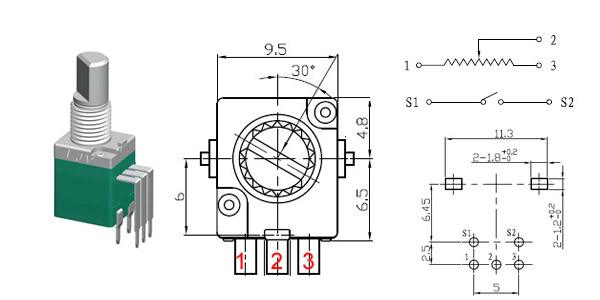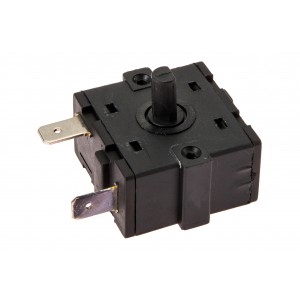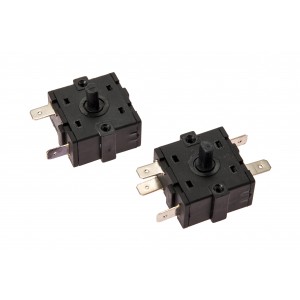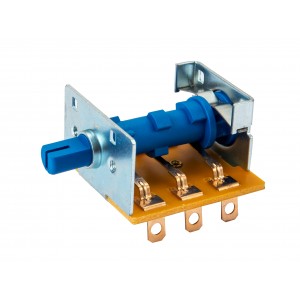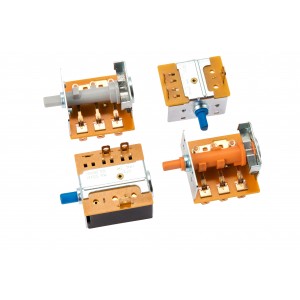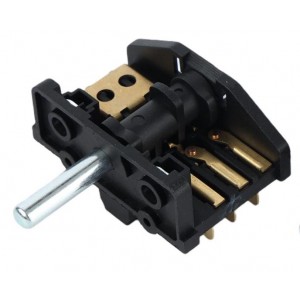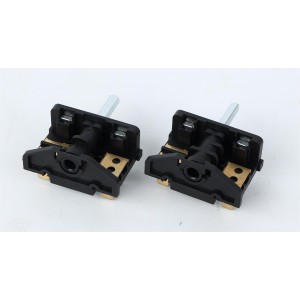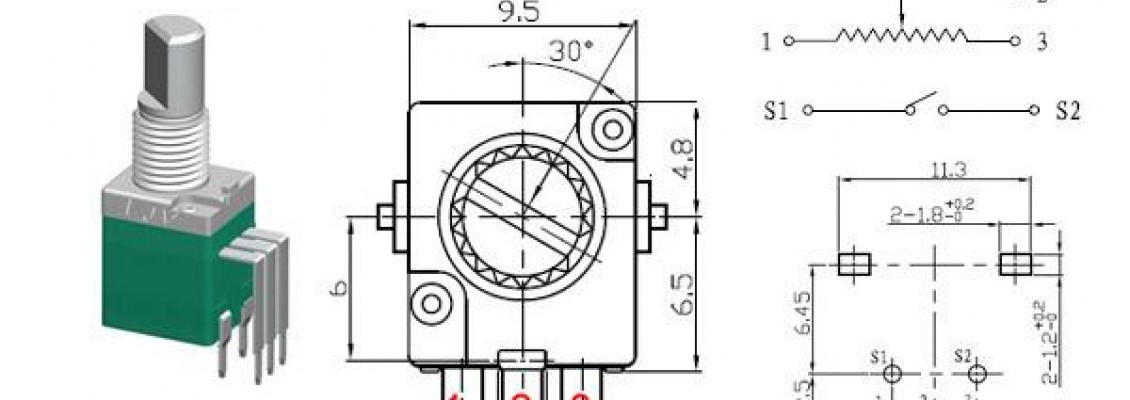
Brief introduction and analysis of rotary switch
1. the rotary switch has many uses. It can also be used instead of some rotary pulse generator, mainly used in the front panel of the instrument and the human-computer interface of the video and audio control board. The rotary switch adopts orthogonal optical encoder to replace the pure digital device of analog potentiometer. It is similar to traditional or resistive potentiometers in appearance, but its internal structure is completely digital and uses optical technology.
2. The inside of the rotary switch is also similar to the traditional incremental encoder. There are two orthogonal output signals, channel A and channel B, which can be directly connected with the encoder processing chip. The appearance of the switch is cylindrical. Wiring terminals protruding from the "barrel" are distributed around. These terminals are the extension of the "barrel" static contact. The static contact is evenly spread in the "barrel", and one layer is laid on the top of the structure. By analogy, each layer is insulated from each other.
3. In the composition of the rotary
switch, a rotating shaft is a rotating handle formed by threading the bottom
out of the top cover, and the bottom plate and top cover are clamped and fixed
up and down to form the switch assembly. When in use, it can rotate 90 degrees,
180 degrees or 360 degrees. Each time it rotates to a position, the moving
contact connects different static contacts, and different states can be output
on the external terminal, so as to realize control.
Editor's summary: the above is a brief analysis and introduction of the purpose and structural characteristics of the rotary switch and the rotary switch. I hope these contents shared by the editor will be helpful to you. For more information, please continue to follow us.
